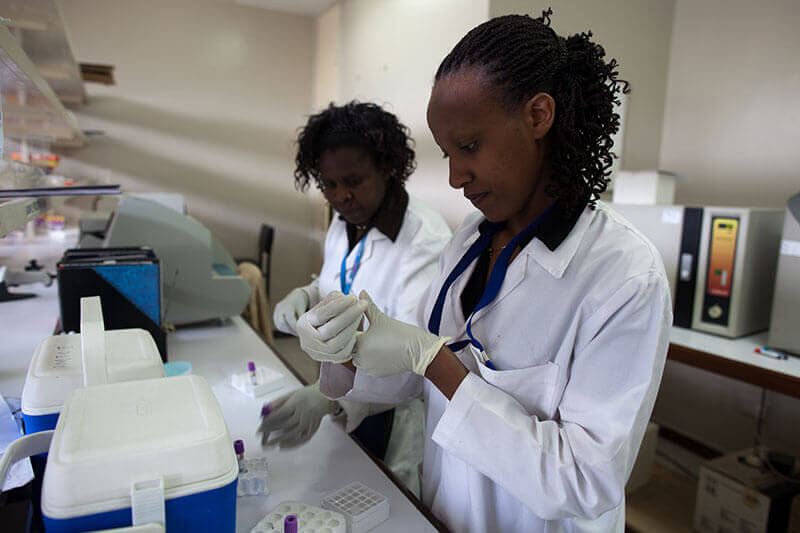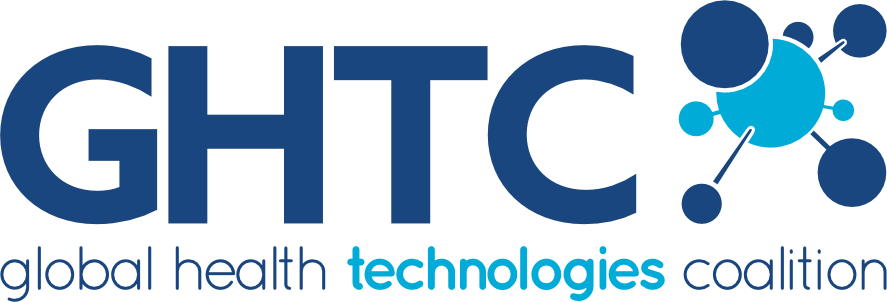In this guest post, Emily Donaldson—program coordinator atAVAC: Global Advocacy for HIV Prevention—writes about an upcoming congressional briefing on November 18 that will highlight the latest in HIV and AIDS research and development.
The world has made enormous strides in beginning to end the AIDS epidemic. Yet, there were still 2.3 million people newly infected with HIV in 2012. In
order to continue to bring down new infections, it is essential to achieve high coverage rates of treatment and prevention methods, including voluntary
medical male circumcision, male and female condoms, and harm reduction. In the long-term, new prevention tools, especially an effective preventive
HIV vaccine, are critical for achieving maximum impact and ending the AIDS pandemic.

- Research to develop new prevention tools is critical for achieving maximum impact and ending the AIDS pandemic. Credit: PATH/Evelyn Hockstein.
Since the Military HIV Research Program’s (MHRP) landmark RV144 trial first
showed that an HIV vaccine was possible, MHRP, the National Institutes of Health (NIH), and partners have worked to build on those results. Additionally,
US government-supported research in a range of new vaccine candidate strategies are moving forward in trials and in basic research for future clinical
testing. At the same time, NIH and the US Agency for International Development (USAID) are developing new antiretroviral-based prevention options,
such as treatment-as-prevention, pre-exposure prophylaxis, and microbicides.
Through research programs like those at the MHRP, NIH, and USAID, the US can dramatically advance science and play a critical role in stopping the spread
of the epidemic.
Join us at a congressional briefing, Monday, November 18, as we call on Congress to invest in HIV prevention research.
amfAR, The Foundation for AIDS Research
AVAC: Global Advocacy for HIV Prevention
Center for Global Health Policy
International AIDS Vaccine Initiative
In cooperation with Congresswoman Barbara Lee
invite you to a Congressional Briefing
The Role of HIV Research in Ending AIDS: New Developments in HIV Vaccine and Prevention Science
Monday, November 18, 2013
12:00-1:30 p.m.
Capitol Visitor Center,
South Congressional Meeting Room
Lunch will be provided
Speakers include:
- Carl Dieffenbach, director of the National Institute of Allergy and Infectious Diseases’ Division of AIDS
- Margaret McGlynn, president and chief executive officer, International AIDS Vaccine Initiative
- Fredrick Sawe, associate director International Clinical Research, MHRP
- Christina Polyak, research physician, MHRP, Walter Reed Army Institute of Research
- Christine Lubinski, vice president for Global Health, Infectious Disease Society of America
- Kevin Fisher, policy director, AVAC: Global Advocacy for HIV Prevention, moderator
For more information or to RSVP, please contact Emily Donaldson at AVAC at edonaldson@avac.org or 646-369-1476. 
